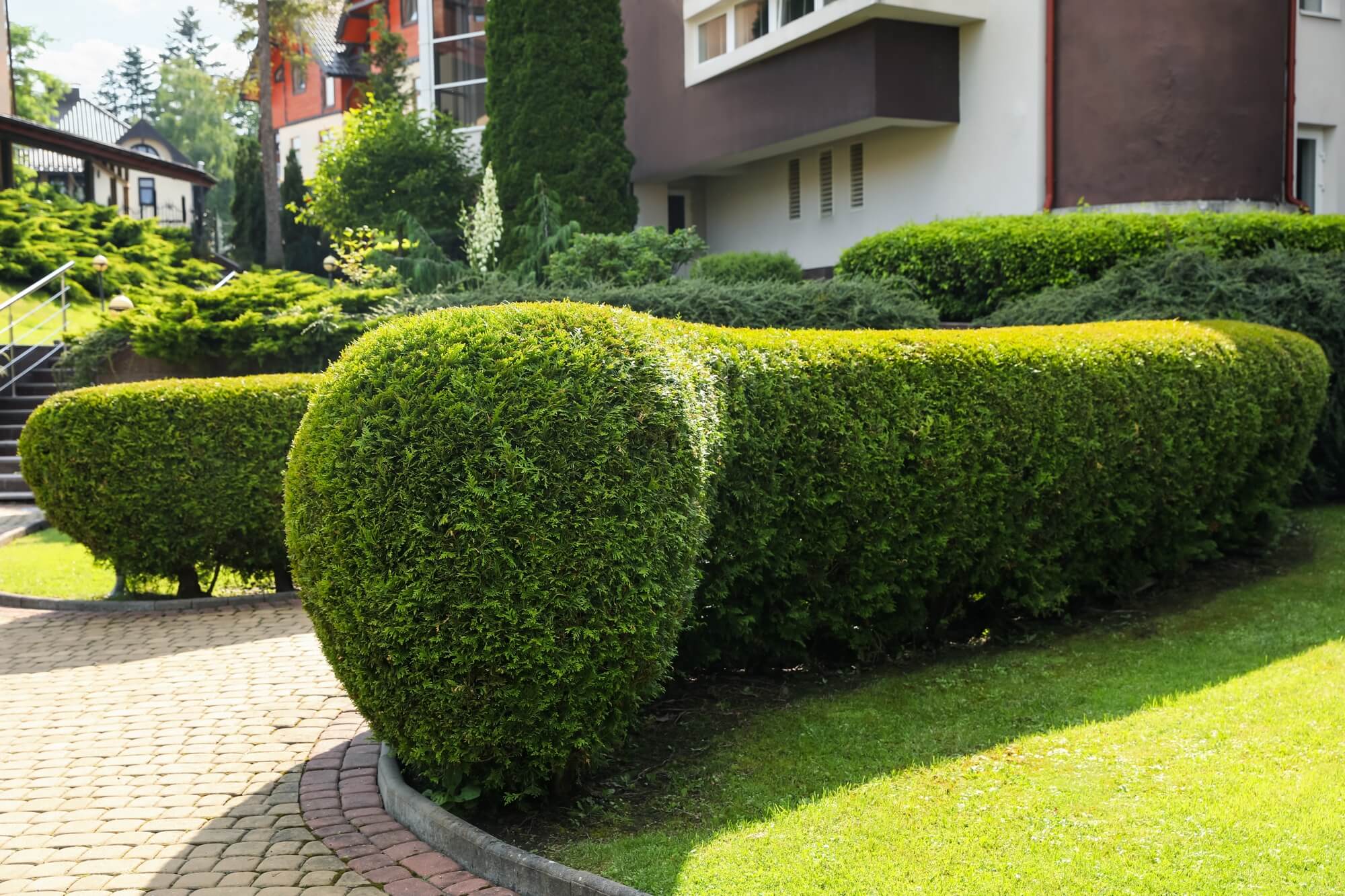Evergreen Shrubs for Landscaping – Year-Round Beauty for Your Outdoor Space
Looking to create a vibrant, low-maintenance garden that looks great in every season? Our selection of evergreen shrubs for landscaping offers the perfect solution. These durable, versatile plants provide year-round color, texture, and structure—making them a must-have for any outdoor space.
Why Choose Evergreen Shrubs?
An evergreen shrub retains its foliage throughout the year, ensuring your landscape stays lush and full—even during winter. Whether you’re designing a formal garden, adding privacy hedges, or creating foundation plantings, landscaping evergreen shrubs offer both aesthetic appeal and practical function.
Explore Different Types of Bushes
Our collection includes a wide variety of types of bushes to suit every design style and climate zone. From compact boxwoods to fast-growing hollies and dense yews, each evergreen bush serves a unique purpose—whether it’s to define borders, fill gaps, or create a natural screen.
Shop Evergreen Bushes for Every Need
Whether you're a homeowner, landscaper, or garden enthusiast, we offer a curated range of evergreen shrubs for every project:
-
Low-maintenance shrubs for front yard landscaping
-
Drought-tolerant varieties perfect for dry regions
-
Fast-growing evergreen bushes for privacy
-
Compact shrubs ideal for small gardens and containers
Each plant is selected for its durability, ease of care, and visual impact throughout the seasons.
Buy Landscaping Evergreen Shrubs Online with Confidence
At tnnursery, we make it easy to shop high-quality evergreen shrubs online. Each plant comes with detailed care instructions and is backed by our quality guarantee. Whether you're planting a new garden or upgrading an existing space, our collection of landscaping evergreen shrubs has everything you need to bring your vision to life.
Ready to transform your landscape? Browse our full range of evergreen shrubs and find the perfect plants for your next project.

















